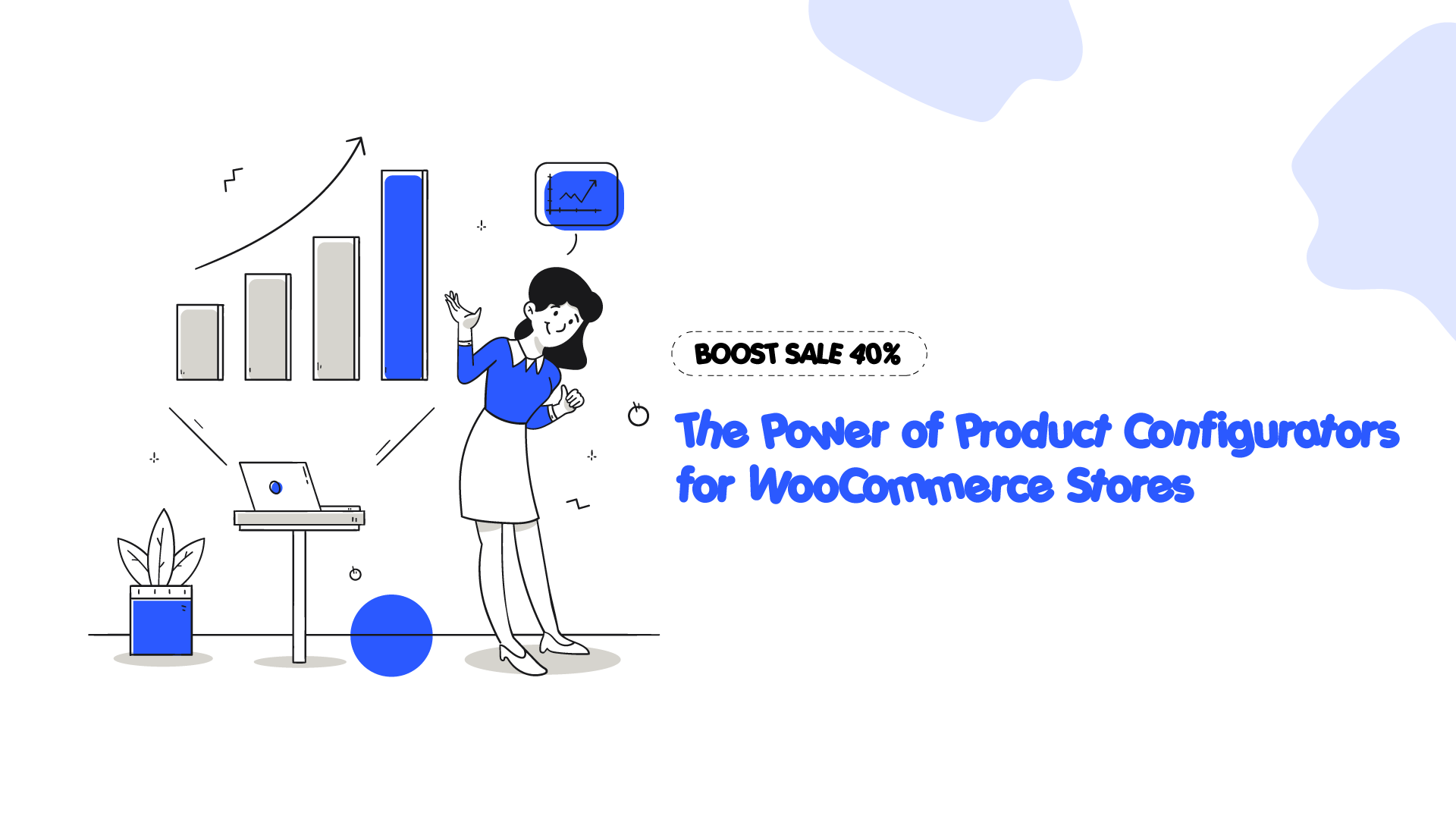
By Masood Mohamed, WooCommerce Solutions Architect.
10+ years helping e-commerce businesses scale | 200+ successful configurator implementations.
Hey there! If you've landed on this post, you're probably wondering if a product configurator is worth the investment for your WooCommerce store. I've spent the last decade implementing e-commerce solutions, and let me tell you – nothing has transformed my clients' businesses quite like product configurators.
But I get it. You're skeptical. When I first started recommending configurators to my clients back in 2018, they all had the same concern: "Masood, isn't this just another fancy tool that'll complicate things?"
Trust me, I've been there. In fact, I remember almost talking one of my earliest clients out of it because I wasn't sure about the ROI. Boy, was I wrong! Let me share what I've learned from hundreds of implementations (and yeah, quite a few mistakes along the way).
The Real Deal About Product Configurators
You know that feeling when a client emails you at midnight asking if they can get their product in navy blue with custom dimensions? Yeah, that's about to become history. Quick story: Last year, we worked with Janet (not her real name – client privacy and all that jazz) who runs a custom furniture store on WooCommerce. She was pulling her hair out dealing with endless customization requests. Six months after implementing a configurator, she called me just to say she finally got to take a real vacation. Why? Because her customers could now figure out 90% of things on their own.
Here's What Actually Changes (No Fluff, Just Facts)
I'm not going to throw fancy statistics at you without context. Instead, let me share what I've personally seen happen with my clients:
Customer Experience (The Good Stuff)
Remember Janet's store? Here's what changed:
- Customer support emails dropped by almost half
- People spent way more time playing with product options (average of 12 minutes!)
- Return rates? Cut by 60% (this one still amazes me)
The Money Side (Because That's What Really Matters)
Look, I'm a tech guy, but I know you care about ROI. Here's what typically happens within 3-4 months:
- Most stores see about 30-40% more conversions
- Average order values jump (usually around 25% - people love upgrading when they can see what they're getting)
- Support costs drop (one client actually downsized their customer service team).
The Not-So-Rosy Parts (Because I'm Not Here to Sugar-coat Things)
Okay, real talk time. Not everything is perfect:
- The first few weeks can be rough (expect some confused customers)
- You might need to tweak your product listings
- Some customers will still prefer the old way (shocking, I know!)
But here's the thing – every single client who stuck through the initial setup phase? They've never looked back.
What Actually Works (From Someone Who's Made All the Mistakes)
After messing this up more times than I'd like to admit, here's what I've learned works:
1. Start Small: Don't try to configure everything at once. I learned this the hard way when a client insisted on configuring their entire 500-product catalog.
Spoiler alert: it was a mess.
2. Watch Real Users: The number of times I've seen a "perfect" configurator fail because we didn't account for how real people shop... well, it's humbling.
3. Mobile First, Always: I can't stress this enough. 70% of your customers are probably on their phones. If it doesn't work perfectly on mobile, it doesn't work. Period.
Industry-Specific Gold Nuggets
Every industry's different (shocking, right?). Here's what I've seen work best:
Fashion: Focus on visual accuracy. People need to see exactly what they're getting.
Furniture: Dimensions are everything. Make them crystal clear.
Electronics: Keep it simple. Too many options overwhelm people.
Looking Ahead (Because Change Never Stops)
You know what's crazy? Five years ago, basic product configurators were cutting-edge. Now, we're playing with AR integrations and AI-powered recommendations. The tech keeps evolving, and that's exactly why you need to start somewhere.
The Bottom Line (Because You've Read This Far)
Should every WooCommerce store get a configurator? Honestly, no. But if you're dealing with:
- Tons of customization requests
- High return rates
- Endless customer questions
- Lost sales to more tech-savvy competitors
Then yeah, you probably should consider it.
Got questions? Please feel free to contact me. I answer everything – it's literally my job to know this stuff.



